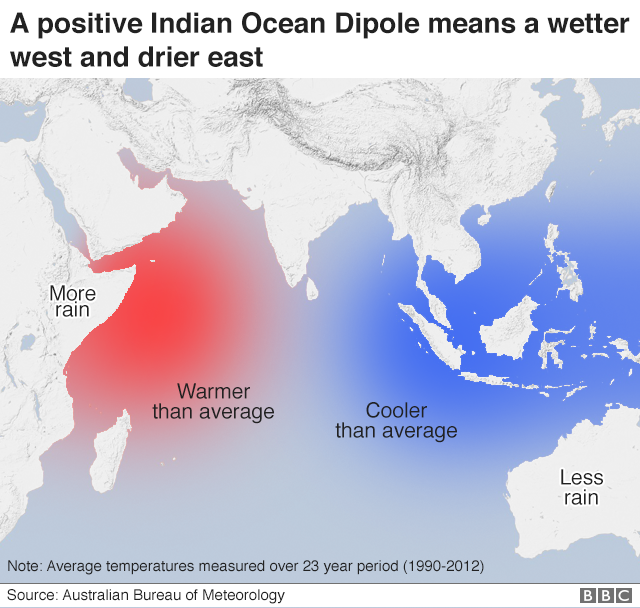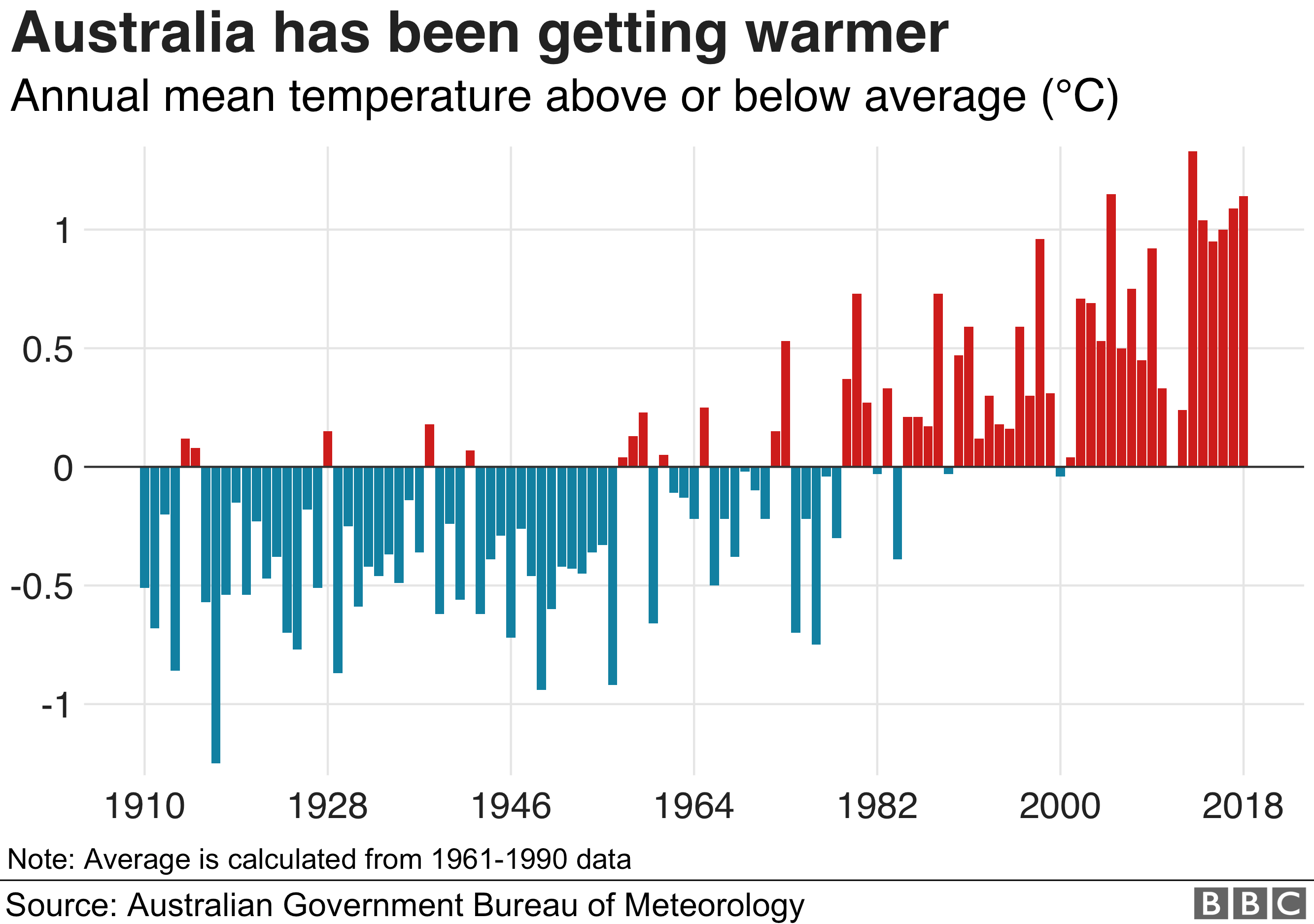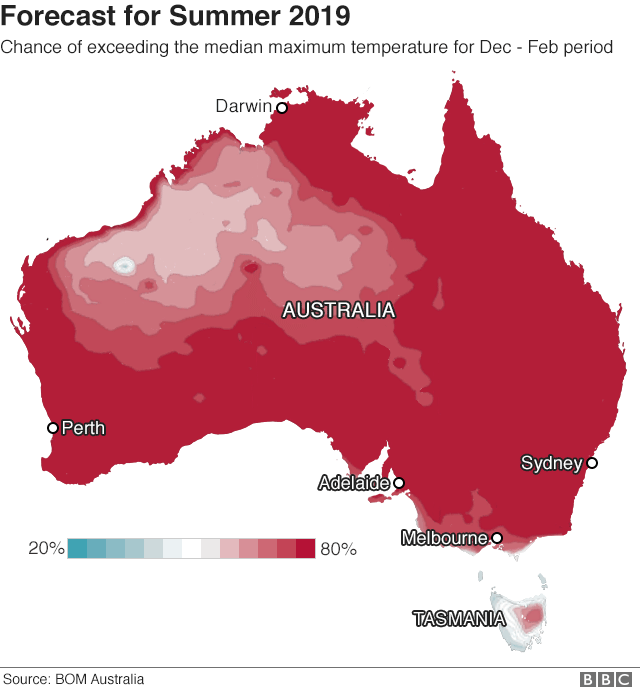(UTV|COLOMBO) – Australia has experienced its hottest day on record with the national average temperature reaching a high of 40.9C (105.6F), meteorologists say.
The Bureau of Meteorology (Bom) said “extensive” heat on Tuesday tipped the mercury past the previous record of 40.3C set on 7 January 2013.
Taking the average of maximum temperatures across the country is the most accurate measure of a heatwave.
The record comes as the nation battles a severe drought and bushfire crisis.
Forecasters had predicted the most intense heat would come later in the week, meaning the record could be broken again.
As hundreds of fires rage, Prime Minister Scott Morrison has been criticised for his response to the natural disasters and his government’s climate policies.
Why has this happened now?
Australia heated up this week as a mass of hot air swept east across the continent, with meteorologists forecasting “severe to extreme heatwave conditions”.
Several individual heat records for towns and cities have already been shattered. On Tuesday, several areas across the nation’s centre recorded temperatures above 45C.
At the start of the week, Perth, the capital of Western Australia, recorded three days in a row above 40C – a record for December.
The dominant climate driver behind the heat has been a positive Indian Ocean Dipole (IOD) – an event where sea surface temperatures are warmer in the western half of the ocean, cooler in the east.
The difference between the two temperatures is currently the strongest in 60 years. The warmer waters cause higher-than-average rains in the western Indian Ocean region, leading to flooding, and drier conditions across South East Asia and Australia.

But Australia has been enduring a drought for a long time – several years in some places. Bom says the dry soil has meant less evaporation – which would normally exert a cooling influence on the landscape.
What is climate change doing to Australia?
According to Bom, Australia has warmed overall by just over 1C since 1910, with most of the heating occurring since 1950.


Nine of Australia’s top 10 hottest years on record have all occurred since 2005.
Officials predicts that 2019, on the temperatures recorded so far, will be among the four warmest years on record. Bom says it’s expecting national mean temperatures to be at least 1.3C above the long-term average of 27.5C.


It also sparked furious political discussion about the nation’s energy grid, after densely populated city areas were forced to endure blackouts amid the heat.
What does this mean for the fires?
More than 100 blazes are still burning across Australia’s east coast – with the high temperatures escalating dangerous conditions.
Bom and fire authorities warned that the record temperatures had made the fires more volatile and harder to fight.
(Courtesy – BBC)
[alert color=”faebcc” icon=”fa-commenting”]Keeping up to date with breaking news while you are on the move is now simple with UTV Alerts [textmarker color=”8a6d3b”]Type REG UTV and send to 77000[/textmarker] on your Dialog, Airtel, or Hutch mobile connection[/alert]























